Luxeed launches sales of the R7 in China
That is 9,990 yuan or just under 1,300 euros more than the current starting price of the Tesla Model Y (249,900 yuan; 32,500 euros). The Model Y is used as a reference in many articles due to its popularity, and with the sloping roofline of the Luxeed R7, certain similarities cannot be denied. However, at 4.96 metres, the R7 is more than 20 centimetres longer than the Tesla – and therefore de facto in a different vehicle class.
The R7 is Luxeed’s second model after the S7 sedan, and both models share the same design language. Although Huawei emphasises that it does not manufacture cars itself, all cars that use Huawei’s Harmony Intelligent Mobility Alliance (HIMA) ecosystem bear a resemblance to each other. For example, the Stelato S9, which was jointly developed by Huawei and BAIC, also features comparable designs (for example, on the headlights).
The R7 will be available in a total of four variants: With an 82 kWh battery, the ‘Pro’ and ‘Max’ trim levels will be available for 259,800 and 299,800 yuan respectively. The larger 100 kWh battery is available from 319,800 yuan in conjunction with rear-wheel drive and the ‘Max’ trim level, while the all-wheel drive top model with 100 kWh is only available as an ‘Ultra’ – starting at 339,800 yuan or 44,200 euros. Depending on the battery and drive system, the range is between 667 and 802 kilometres in the CLTC.
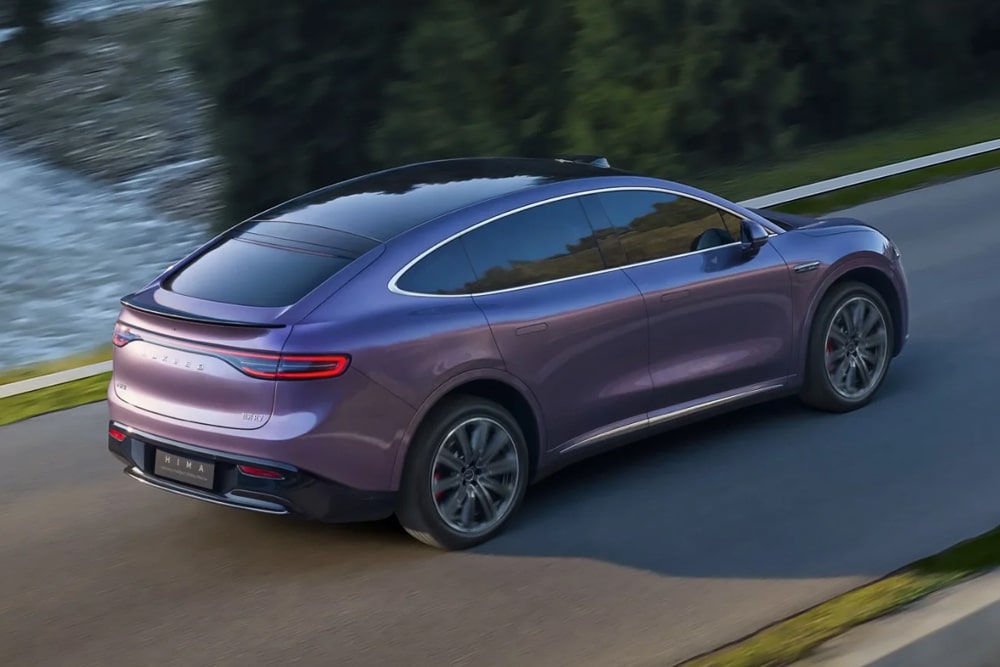
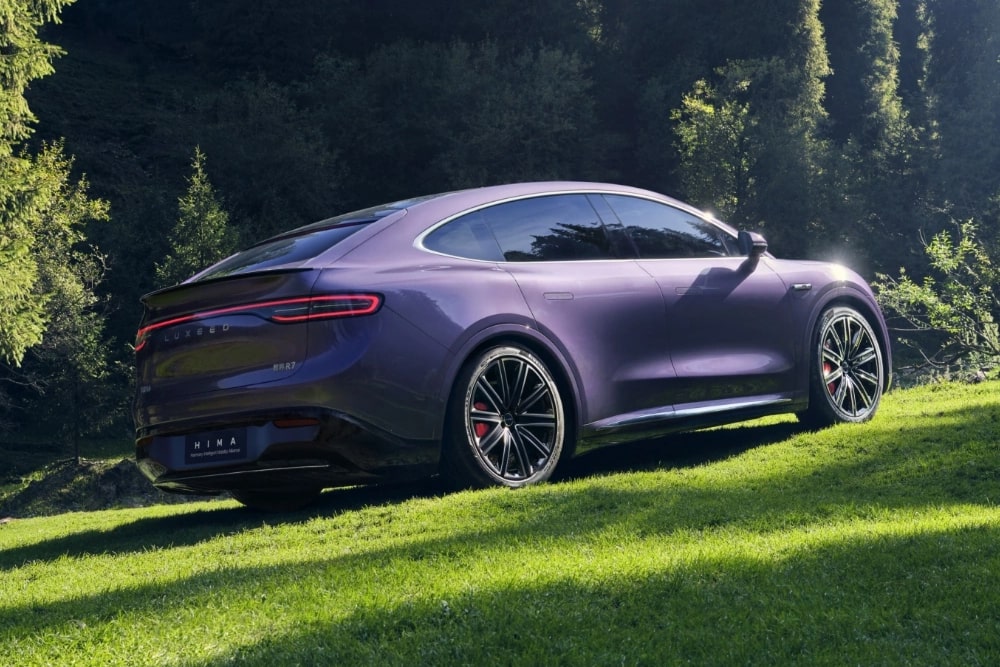
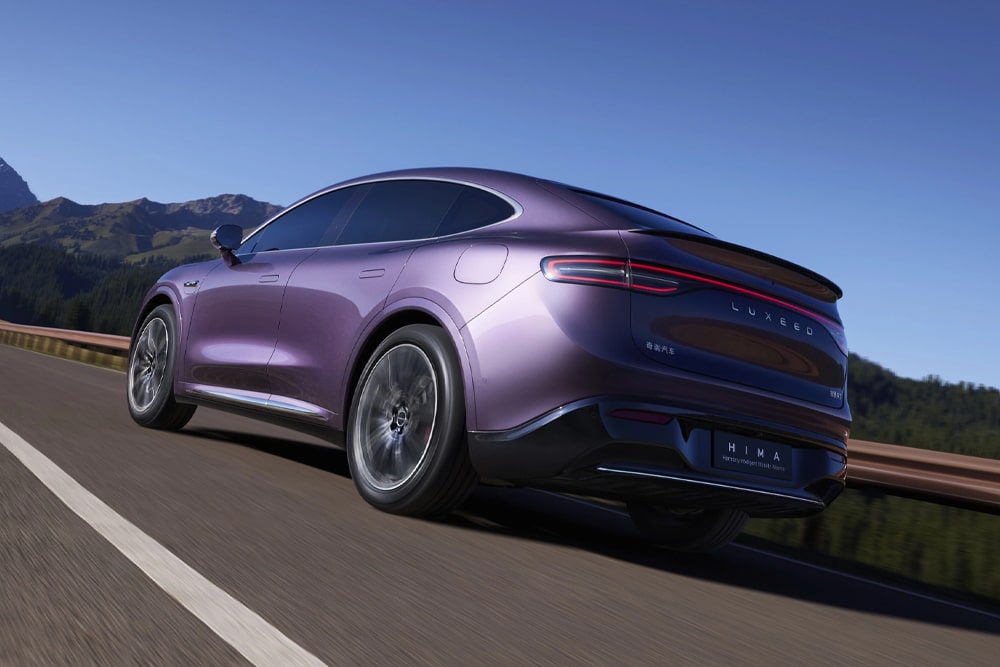
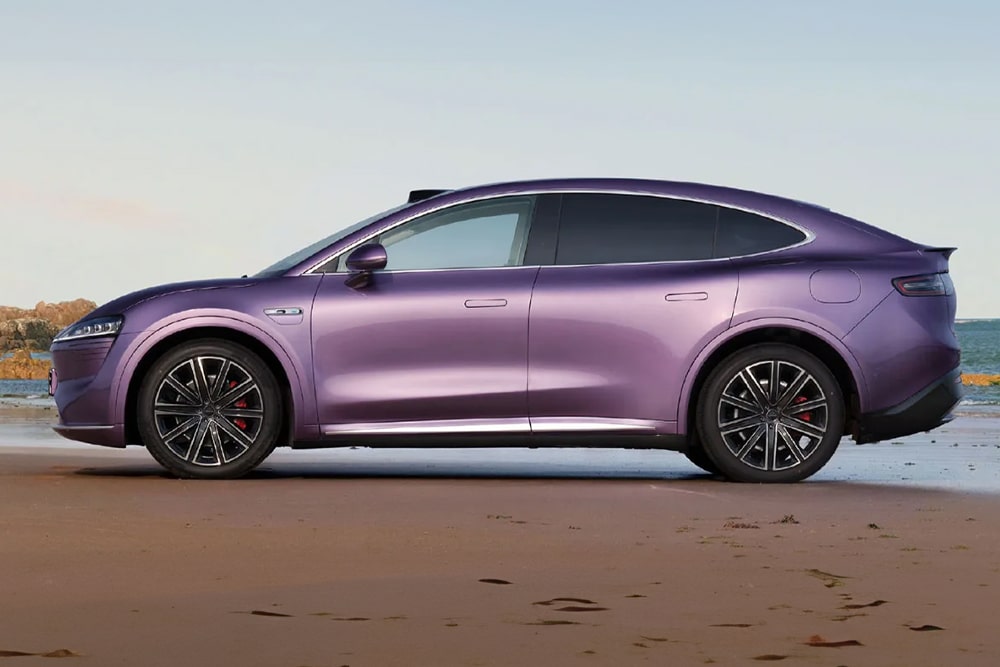
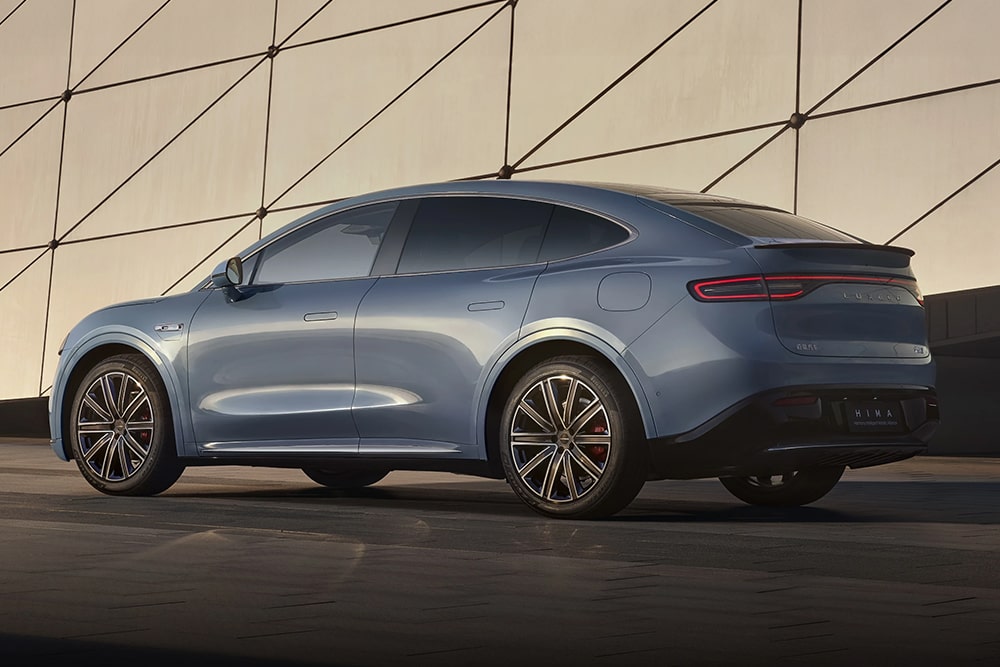
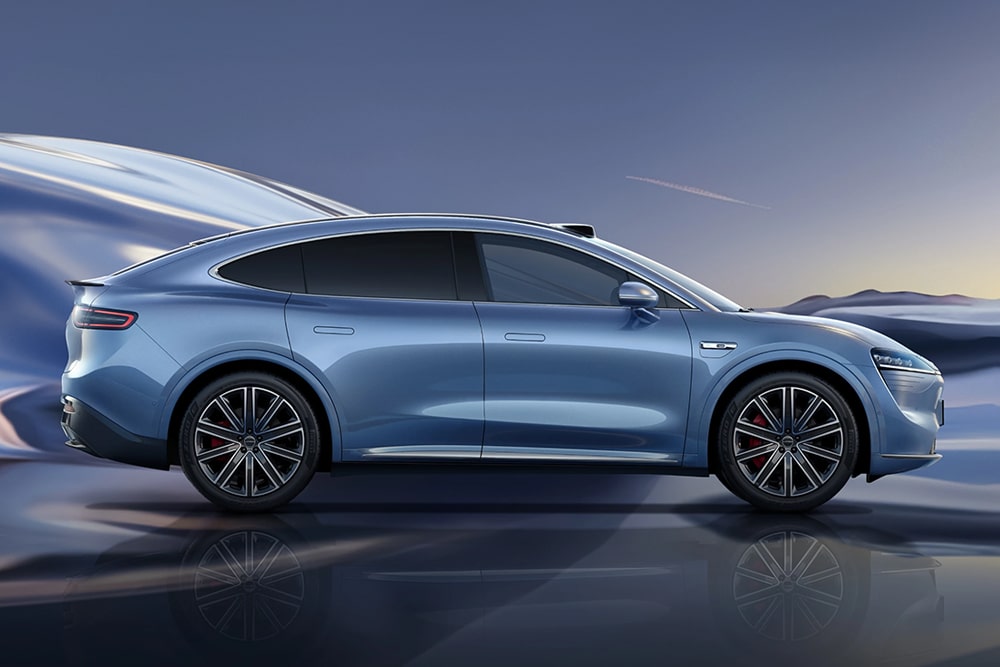
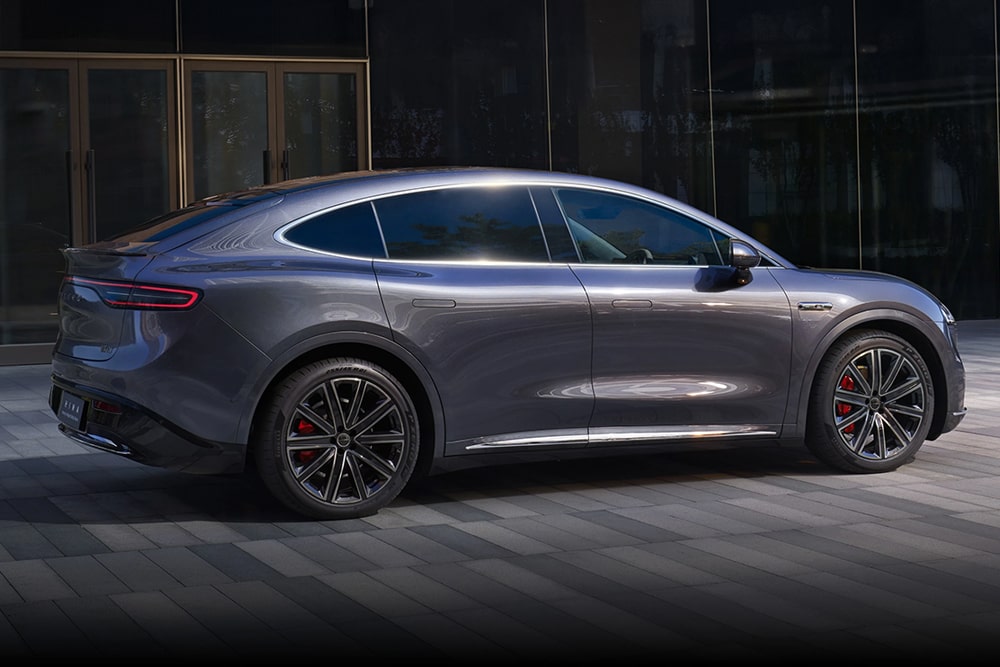
As with the S7, the batteries work with a system voltage of 800 volts. Luxeed does not provide any further details on the product page, but the cells in the S7 come from CATL. The maximum charging capacity is also not mentioned, but it should be possible to recharge the battery for a CLTC range of 200 kilometres in five minutes – and 400 kilometres in 15 minutes.
In terms of driving assistance, the R7 is equipped with the basic version of the Huawei ADS, according to Luxeed. This means that the vehicle has three millimetre-wave radars, ten high-resolution cameras for visual perception and 12 ultrasonic sensors – but no lidar. In a benchmark of ADAS systems by P3, the Huawei technology performed best – however, the system installed in the Aito M9 was tested.

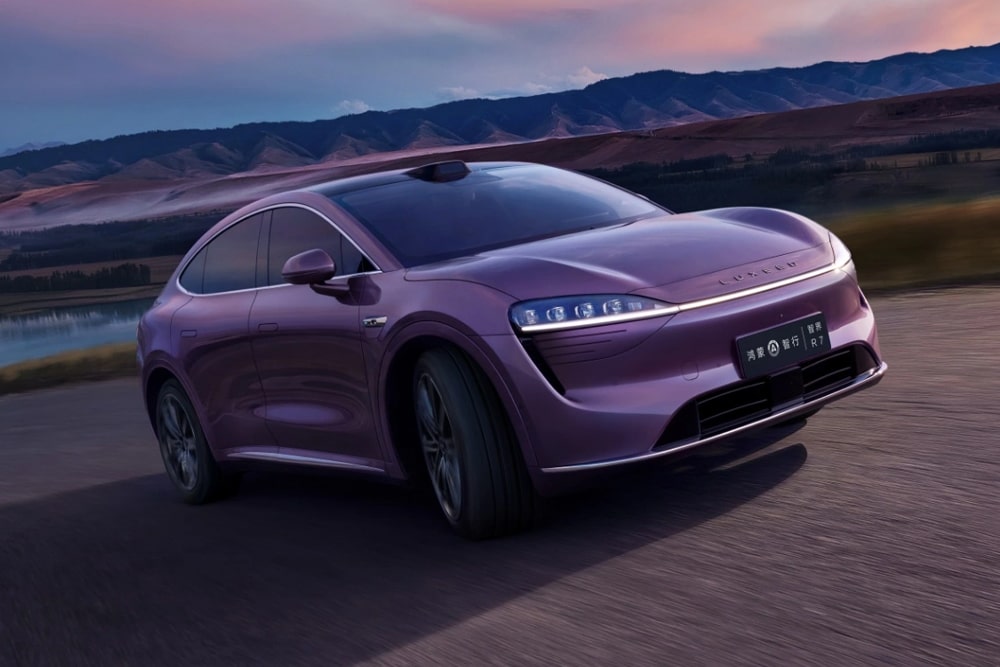
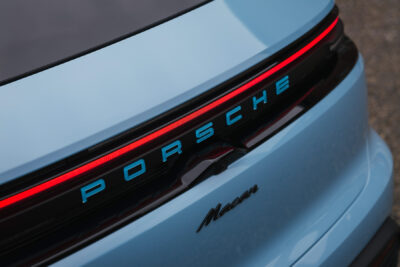

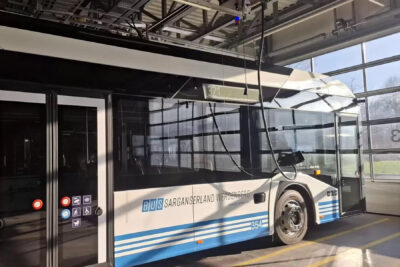
0 Comments